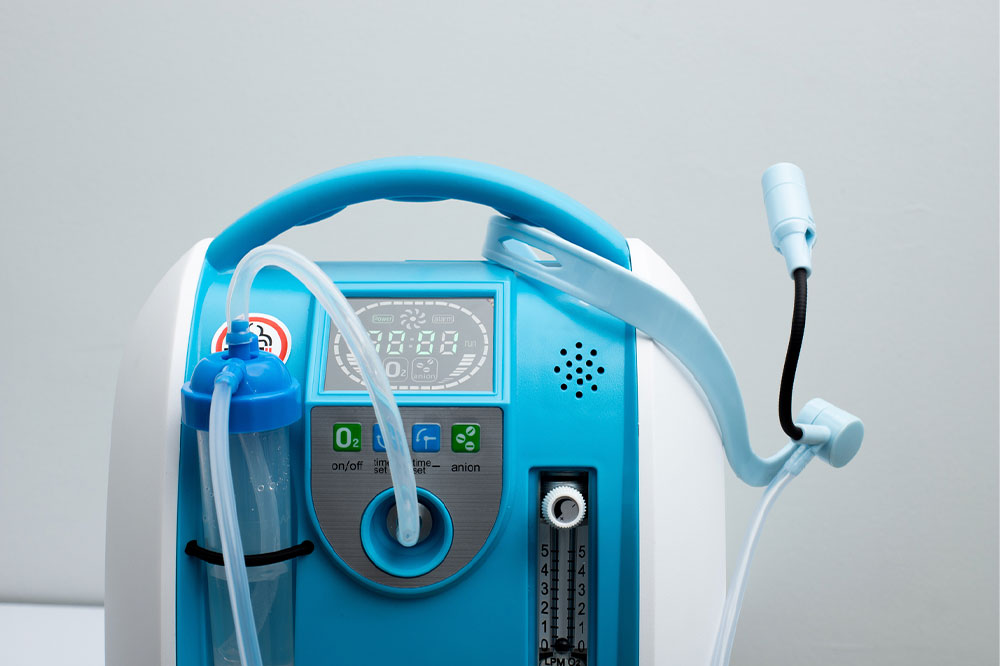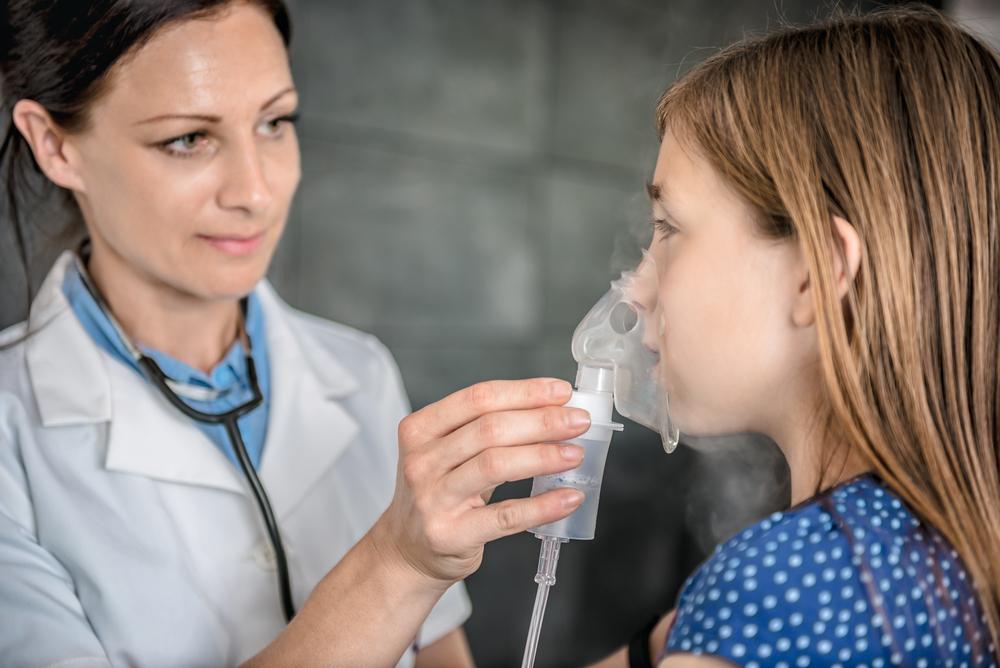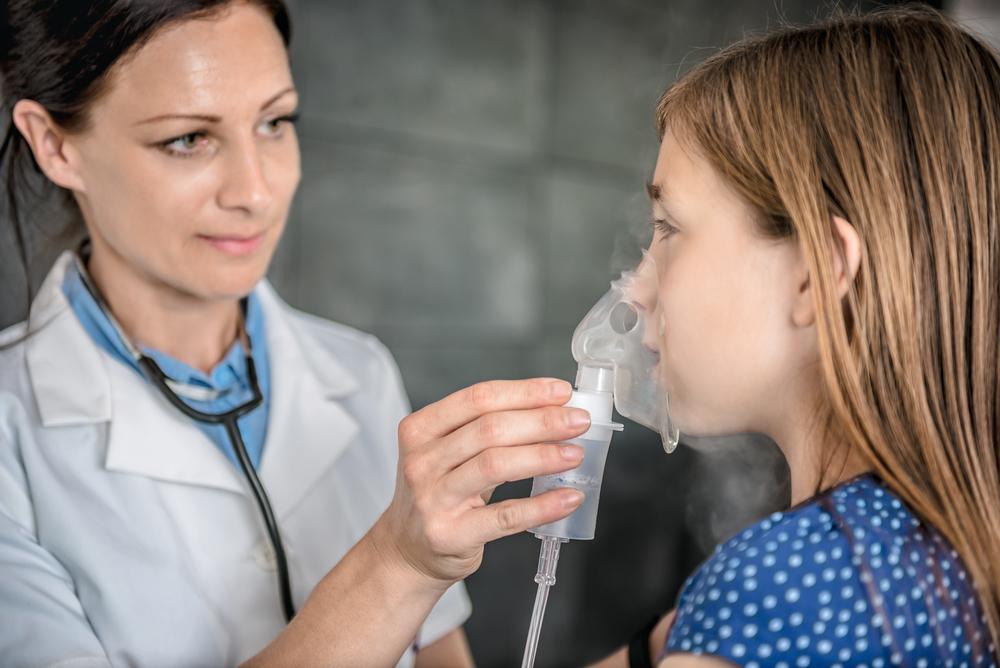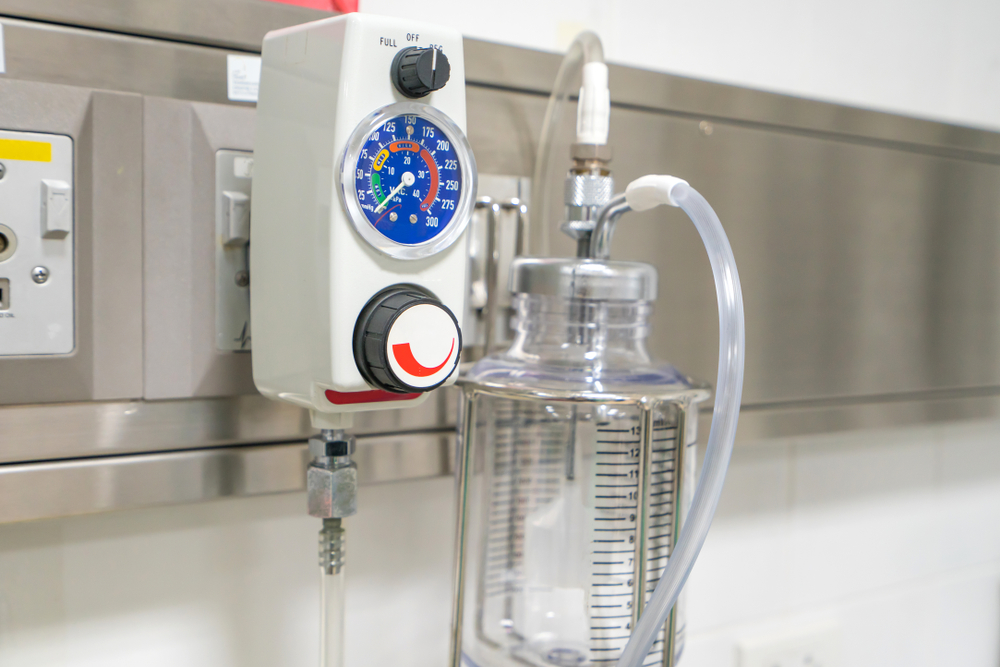Guidelines for Safe and Effective Use of Portable Oxygen Devices
This guide offers essential safety tips for using portable oxygen concentrators, highlighting risks like fire, injury, and infection. It emphasizes proper handling, device maintenance, and safety practices to ensure effective oxygen therapy while minimizing hazards. Portable oxygen devices provide safe, efficient, and convenient oxygen delivery, supporting patients' independence and health. Following recommended safety protocols is vital for safe daily use, especially in potentially hazardous environments. Always consult healthcare professionals for personal advice and instructions on oxygen therapy management.

Guidelines for Safe and Effective Use of Portable Oxygen Devices
Portable oxygen concentrators, often called POCs, are compact medical devices that deliver oxygen therapy to individuals requiring higher oxygen levels than ambient air. Smaller than traditional home oxygen systems, these devices are suitable for home, outdoor, and travel use. Proper handling and adherence to safety protocols are essential to minimize potential hazards associated with oxygen therapy.
Risks Associated with Portable Oxygen Devices
While primarily designed for personal use, incorrect operation or mishandling can lead to serious safety concerns.
Major risks include:
Fire Hazards
Since oxygen accelerates combustion, sparks near oxygen sources can cause intense fires. Proper precautions are crucial to prevent property damage and injuries.
Physical Injuries
High-pressure tanks and units can become dangerous projectiles if damaged or mishandled.
Contamination and Infection
Poor maintenance or improper use may lead to infections. Regularly replacing tubing and cannulas helps maintain safety standards.
Hygiene is vital; keeping hands clean reduces infection risks.
Oxygen Toxicity
Both excess and insufficient oxygen can be harmful. Always adhere to your healthcare provider's instructions regarding oxygen levels and usage schedules.
Benefits of Portable Oxygen Devices
These devices supply medical-grade oxygen similar to large tanks but incorporate safety features like pulse dose technology, which delivers oxygen only during inhalation, improving efficiency. When the cannula is removed, the oxygen flow automatically stops, lowering fire risks.
Designed for portability, these lightweight devices are safe to handle, designed to prevent injuries if bumped, and free from cumbersome carts or wheels, reducing trip hazards.
Daily Safety Tips
Ensure Proper Fit: Masks should fit snugly, and nasal cannulas should be positioned correctly for effective oxygen delivery.
Exercise Caution in Bathrooms: Avoid moisture exposure; if necessary, use long tubing, exhaust fans, and detachable showerheads for protection.
Keep Away from Open Flames: Keep devices away from flames, candles, and gas stoves. Do not cook while using oxygen therapy.
Safe Storage: Store devices in well-ventilated areas with at least 10 inches of clearance, avoiding confined spaces that could pose risks.
Avoid Pollutants: Protect the device from dust, fumes, and allergens. If contamination occurs, turn off, detach the cannula, and clean thoroughly.
Medical Disclaimer:
This content provides general information and should not replace professional medical advice. Consult your healthcare provider for personalized guidance. We are not responsible for inaccuracies or issues arising from external sources or unverified information.


